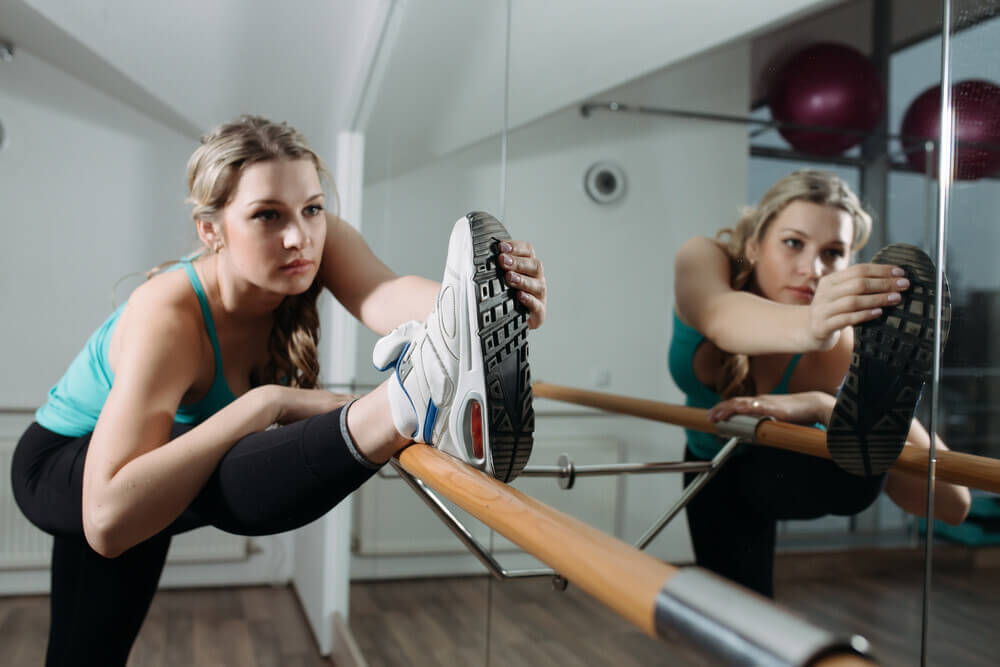Barre workouts are a unique blend of aerobic exercise and ballet-inspired movements, typically conducted in group classes or gym sessions. This form of exercise utilizes a barre— a sturdy handrail that provides support and resistance. It combines elements from ballet, Pilates, and strength training, making it a popular choice for those looking to improve flexibility, strength, and overall fitness.
What is Barre?
Barre is a specialized form of exercise that incorporates techniques from classical ballet and uses a physical barre for support. The barre is usually made of metal and is set at various heights to accommodate different exercises and users. It acts as a prop to help maintain balance and provide resistance during workouts.
Equipment Used in Barre Workouts
Typically, barre workouts involve minimal equipment:
- Barre: The central piece of equipment used for support and resistance.
- Bench: An adjustable bench may be used to perform various exercises.
- Mat or Towel: Provides cushioning and stability during floor exercises.
- Safety Shoes: These are recommended to ensure safety and prevent injuries.
How Barre Workouts Are Performed
Barre workouts can be adapted to different skill levels, from beginners to advanced practitioners. Here’s a general overview of how barre exercises are performed:
1. Basic Equipment Setup
Before starting, ensure your barre and bench are set up correctly. Adjust the height of the barre according to your needs, and ensure the bench is secure and comfortable.
2. Starting with Basic Exercises
For beginners, basic exercises might include:
- Squats: Use the barre to maintain balance while performing squats.
- Leg Press: Push your legs against resistance for a strengthening workout.
3. Advancing to More Complex Moves
As you gain confidence and strength, you can progress to more advanced exercises such as:
- Push-Ups: Utilizing the barre for a modified version of push-ups.
- Pull-Ups: Incorporating the barre for upper body strength training.
4. Learning Proper Techniques
Follow your instructor’s guidance to ensure proper technique and prevent injury. Pay attention to form, and don’t rely solely on strength—focus on precision and control.
Tips for Effective Barre Workouts
- Start Slowly: If you’re new to barre, begin with basic exercises and gradually progress to more challenging moves.
- Consult Your Instructor: Discuss any concerns or difficulties with your instructor. They can provide personalized advice and adjustments to your routine.
- Use Training Resources: Take advantage of training videos and other resources provided to help refine your techniques.
- Practice Regularly: Consistency is key to mastering barre exercises and achieving fitness goals.
More About Barre Workouts
For beginners, repetition of basic moves is crucial to building strength and confidence. As you become more proficient, you can experiment with different exercises and intensify your workouts to match your fitness level. Practicing with a partner can also provide additional support and motivation.
Conclusion
Barre workouts offer a unique and effective approach to fitness, blending elements of ballet, Pilates, and strength training. They require commitment and consistency but can be highly rewarding in terms of improving strength, flexibility, and overall health. The equipment needed is minimal and affordable, making barre a practical choice for many. Remember to stay relaxed after workouts to avoid overexertion, and enjoy the process of incorporating barre into your fitness routine.

